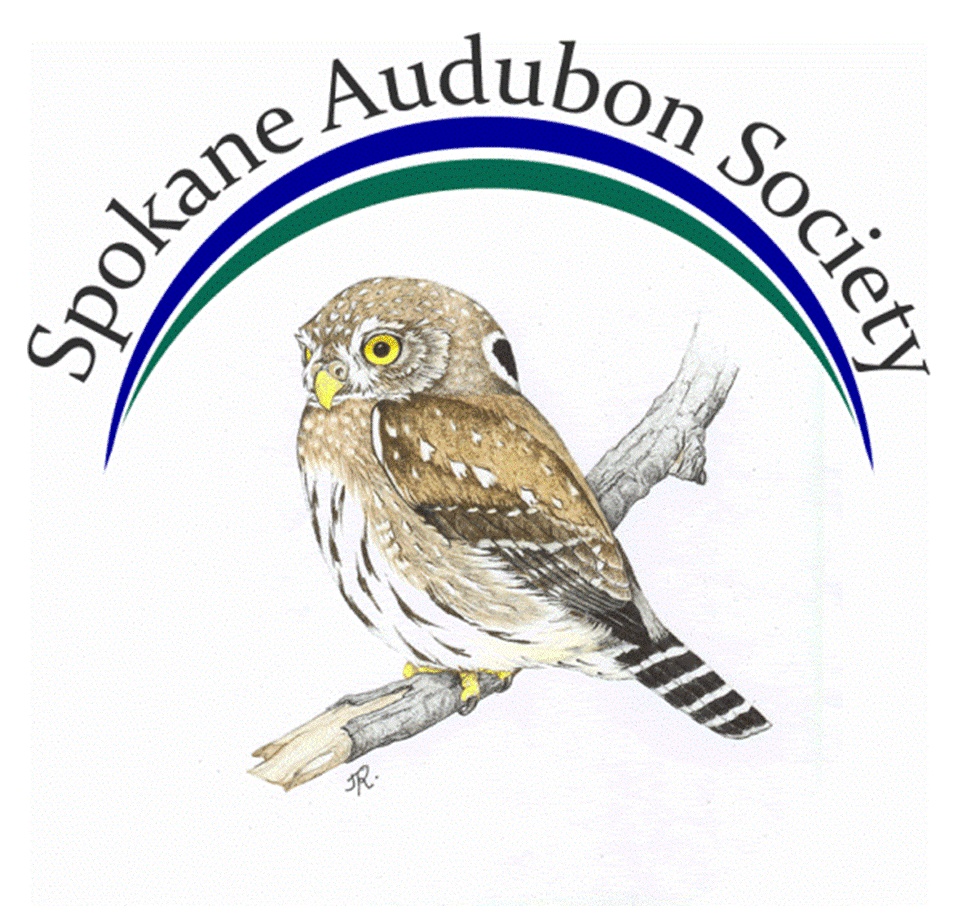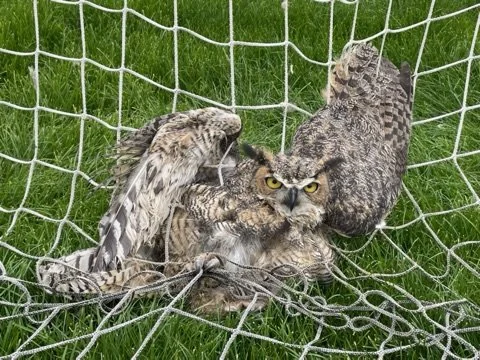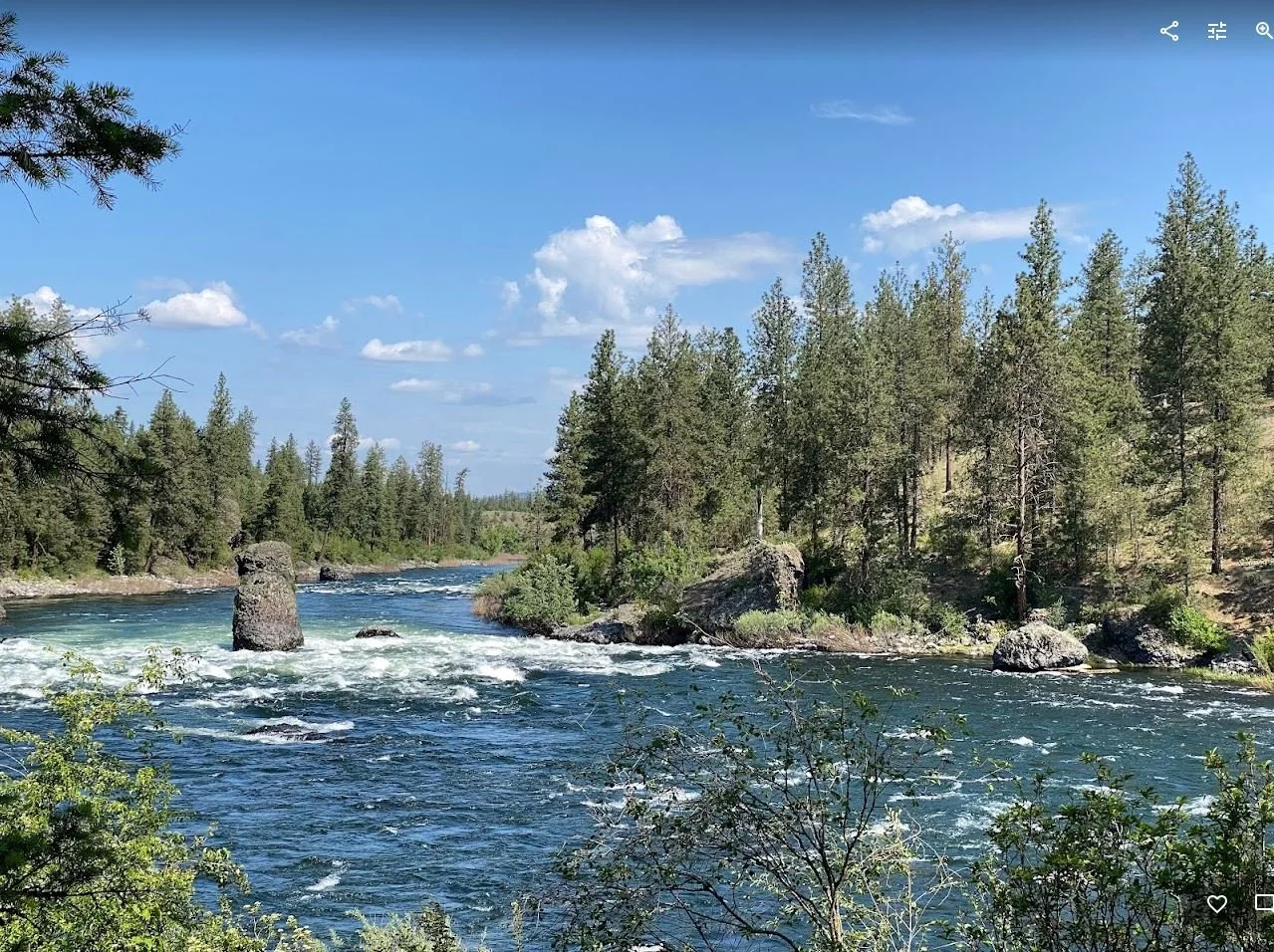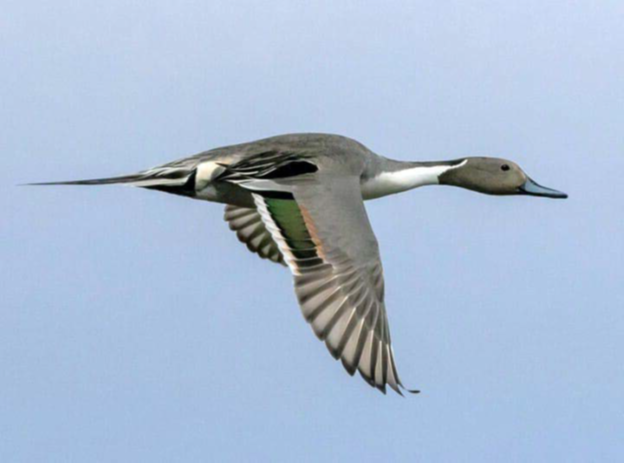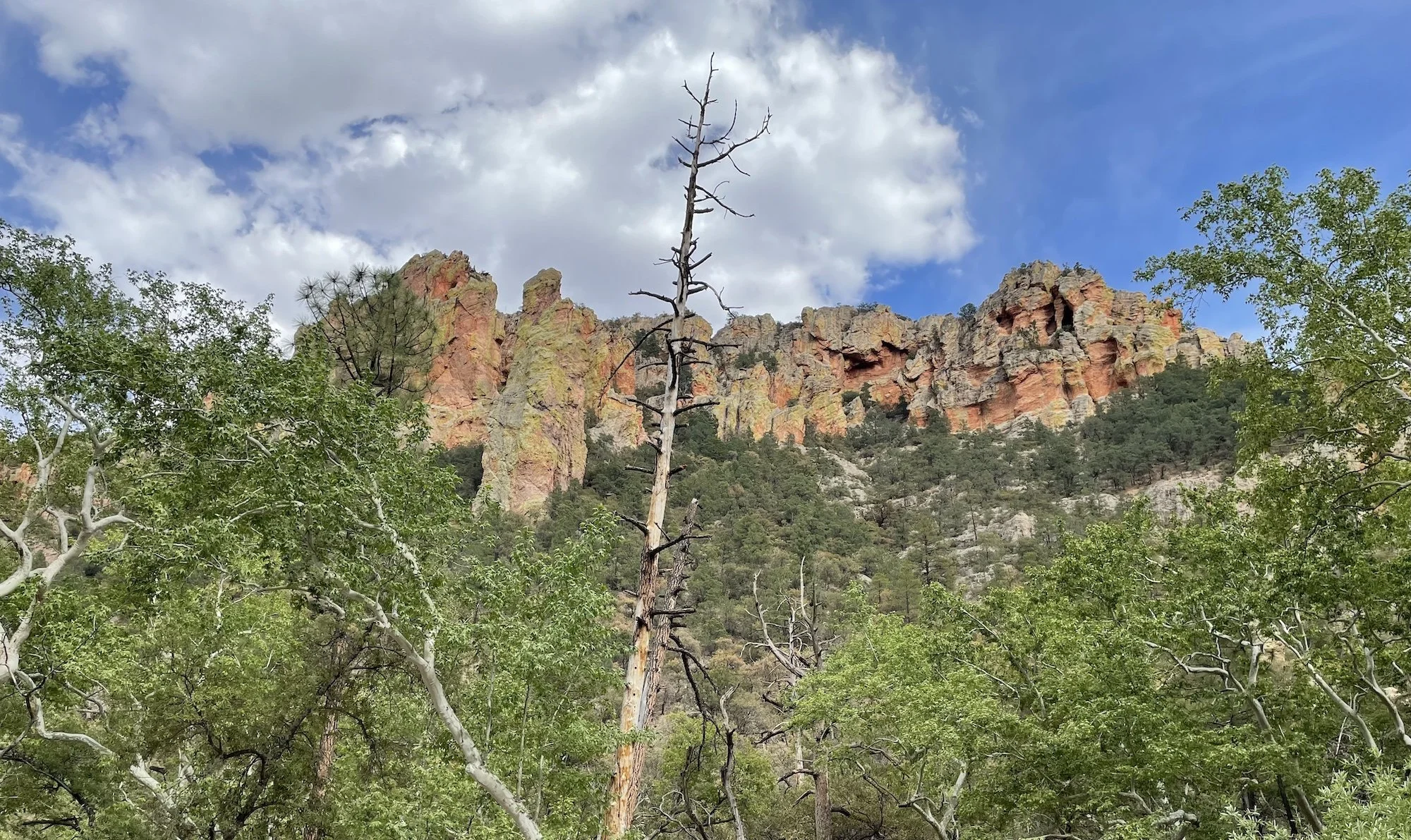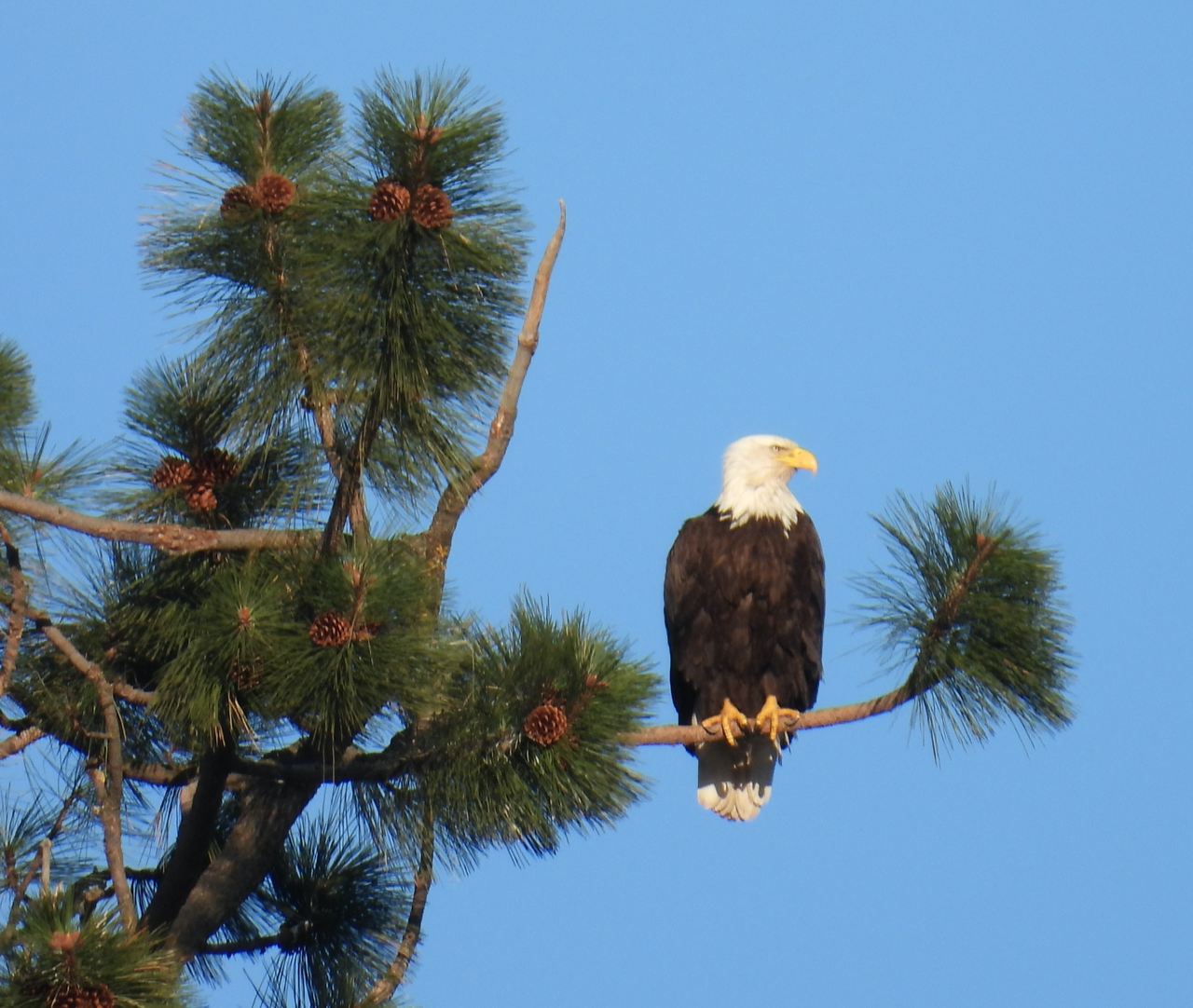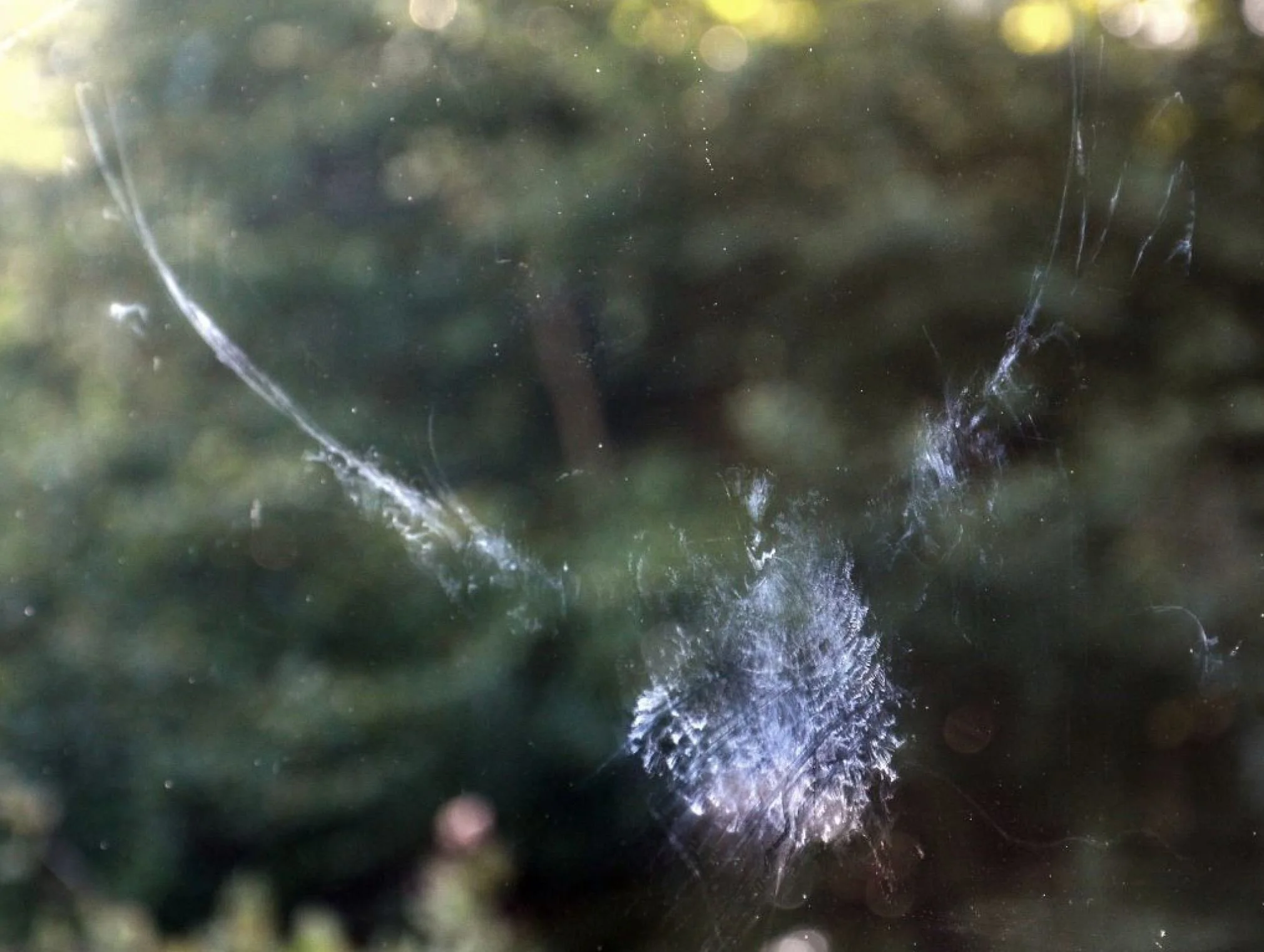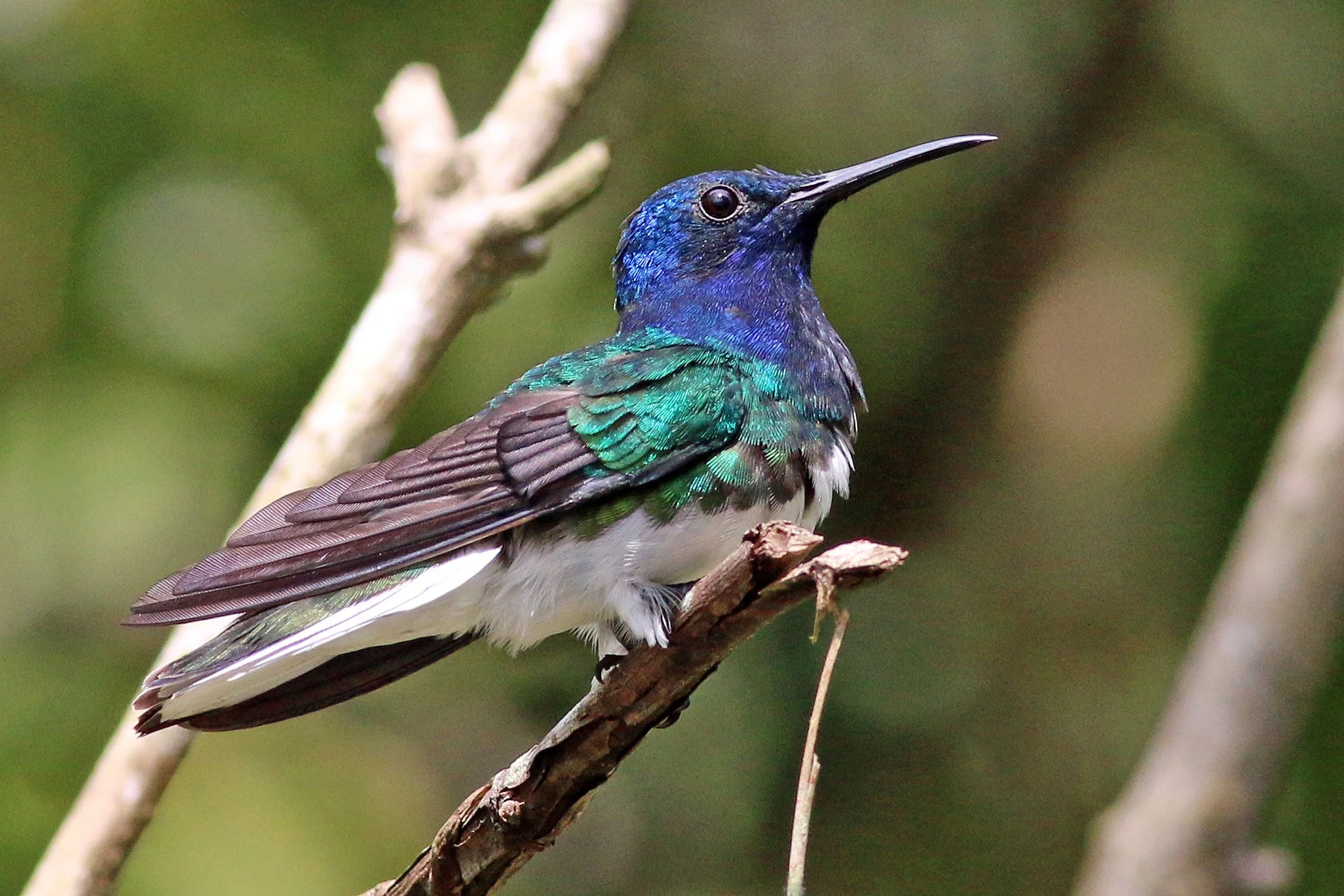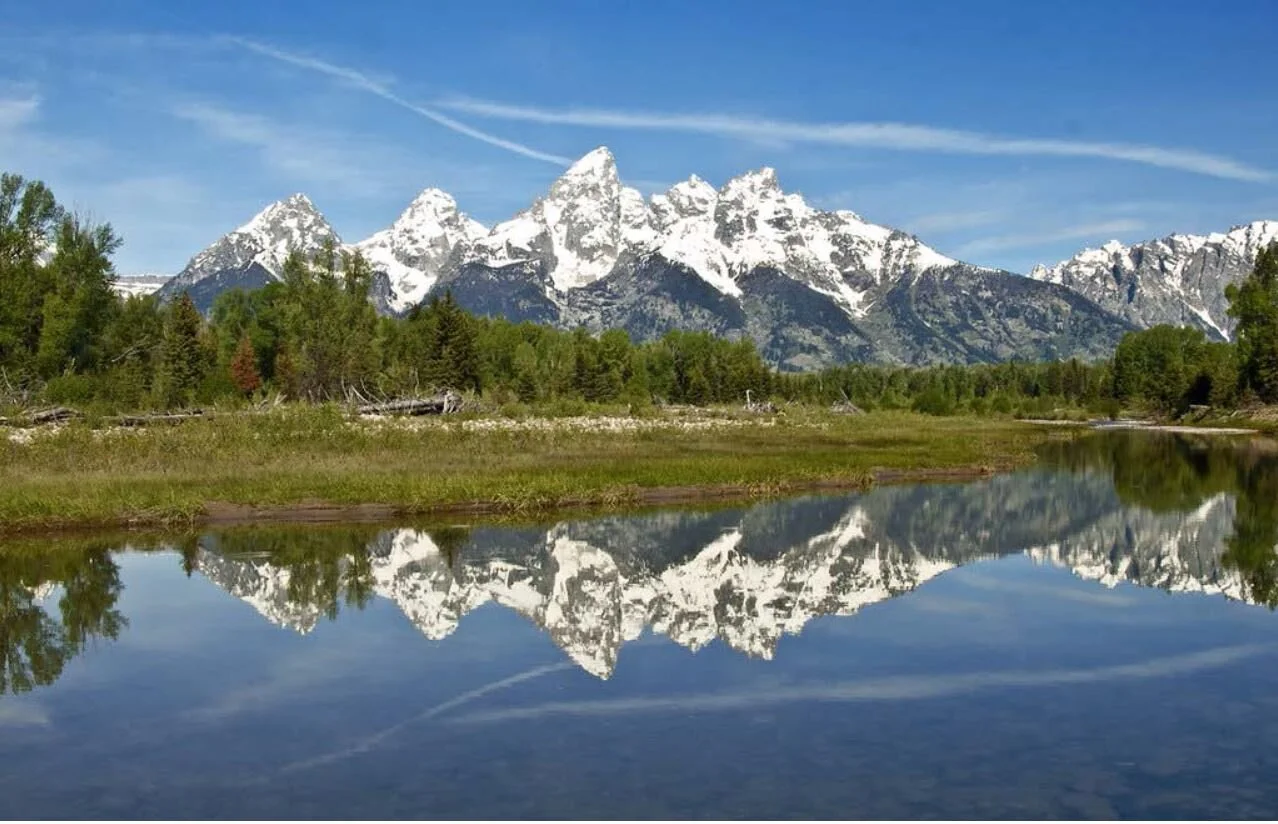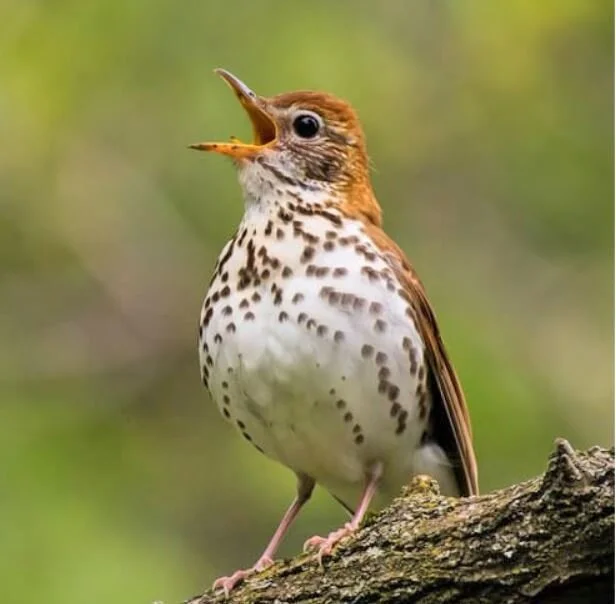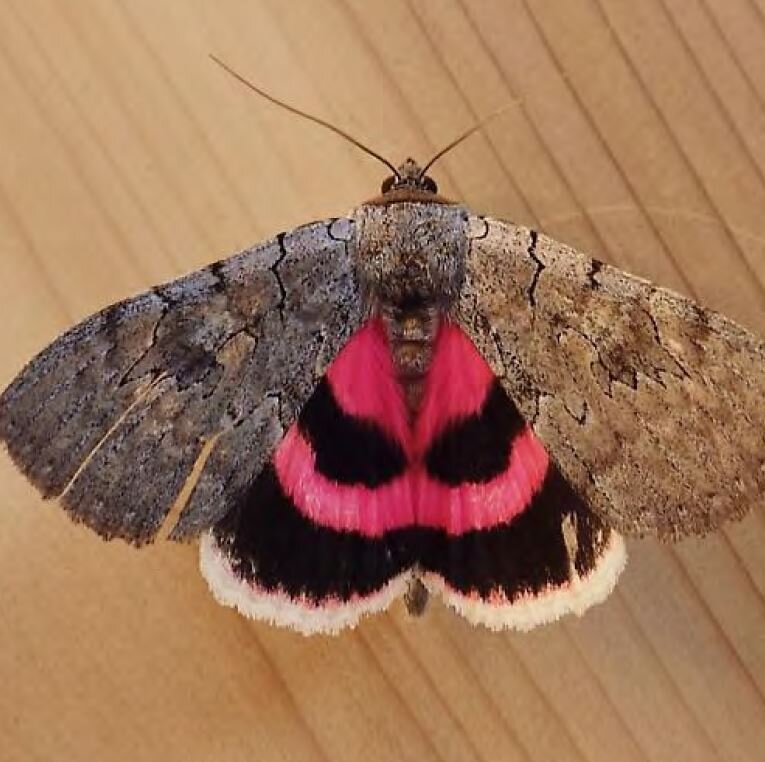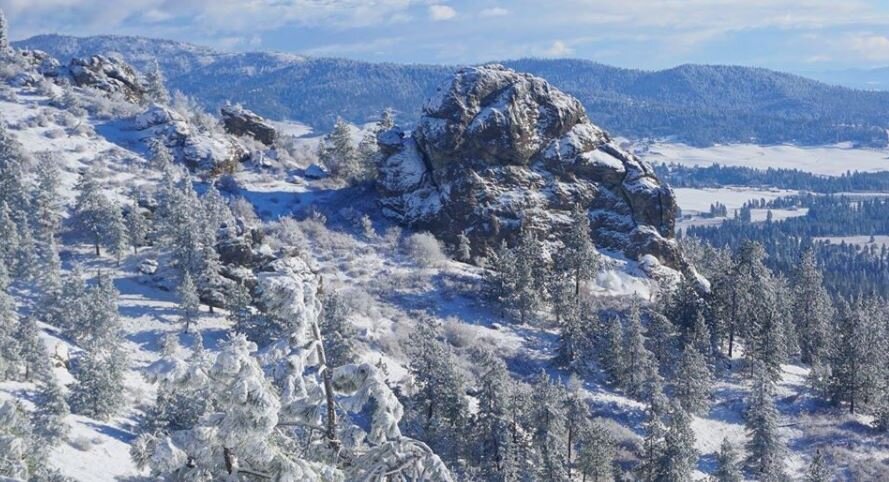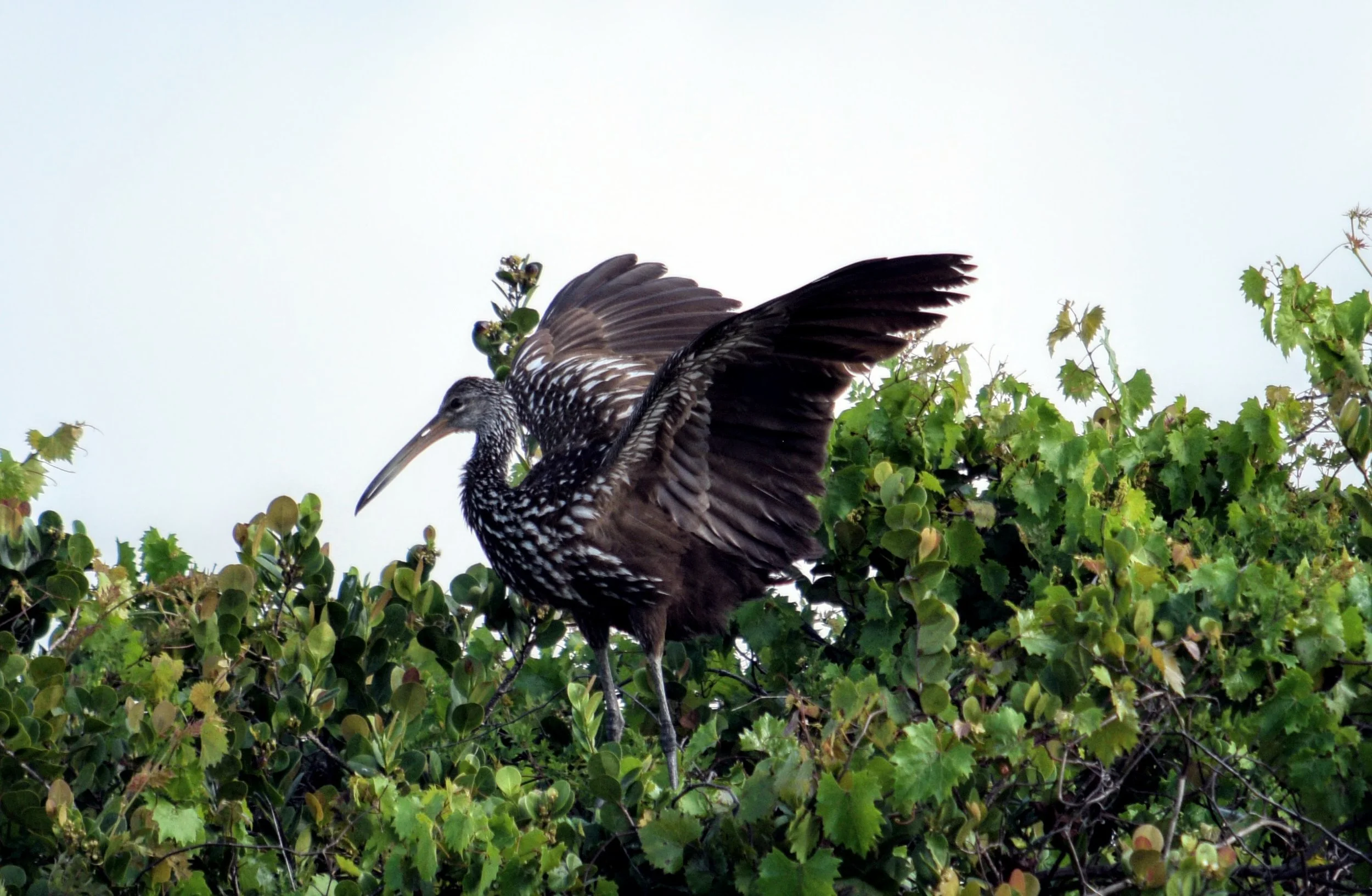The Pygmy Owl
Spokane Audubon’s Monthly Newsletter
Has Changed
Current news is now found on “The Front Page”.
To locate past issues please click on the links below to access the year of the issue you want. Then scroll to the month and click the blue link to open that issue.
2024-2025 | 2023-2024 | 2022-2023 | 2021-2022 | 2020-2021 | 2019-2020 | 2018-2019 | 2017-2018 | 2016-2017 | 2015-2016 | 2014-2015 | 2013-2014 | 2012-2013 | Older Issues
2024 - 2025
2023 - 2024
2022 - 2023
2021 - 2022
2020 - 2021
2019 - 2020
2018 - 2019
2017 - 2018
2016 - 2017
2015 - 2016
2014 - 2015
Featured
2013 - 2014
2012 - 2013
Featured
Older Issues
Click on the links below to view older issues of possible historical interest that have been scanned.
